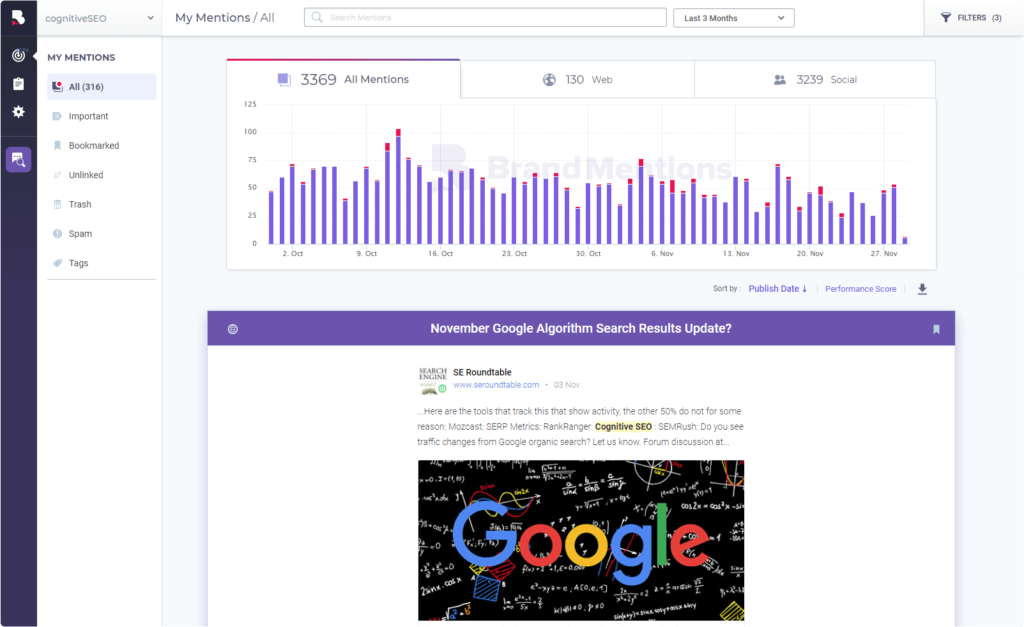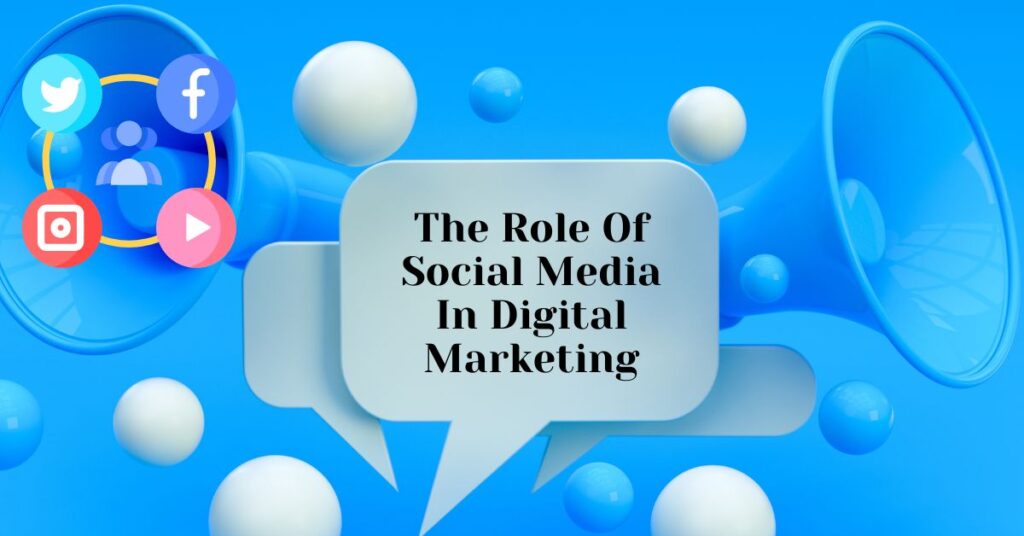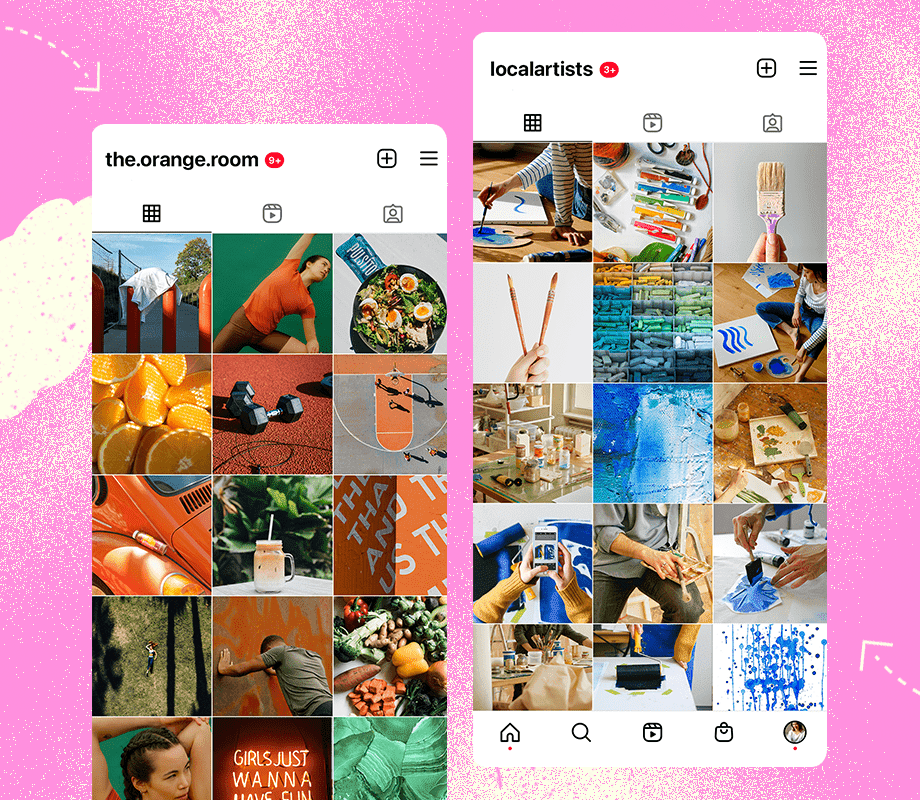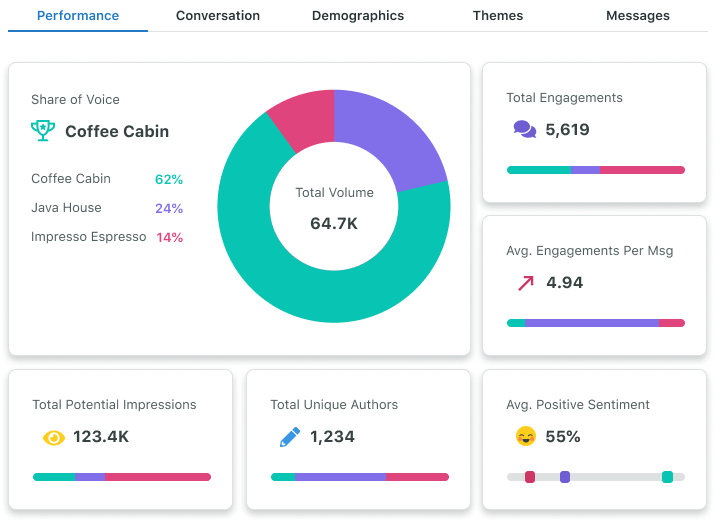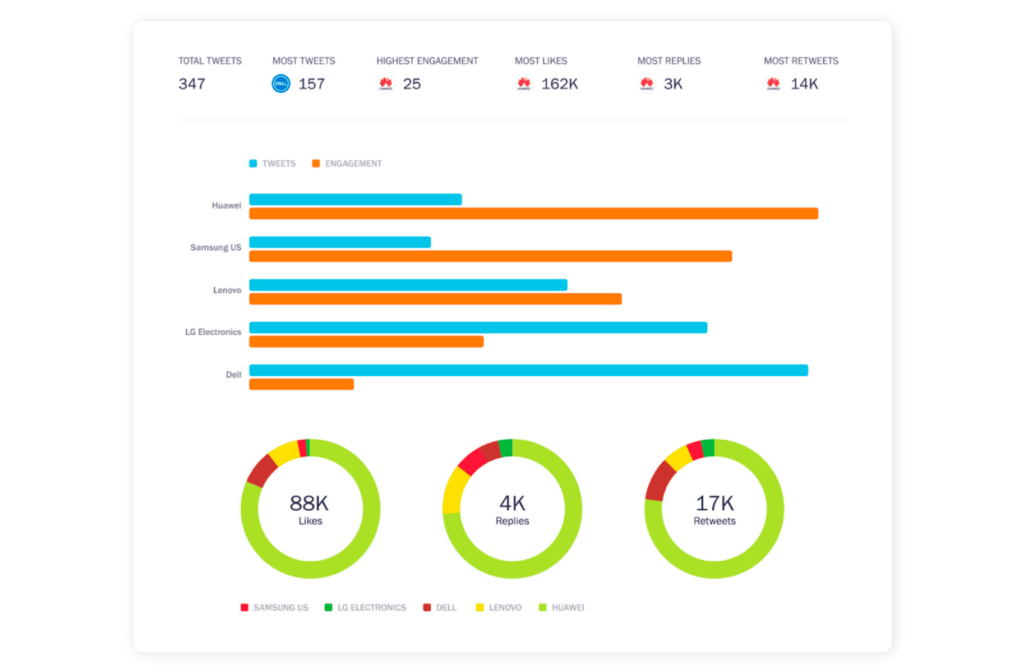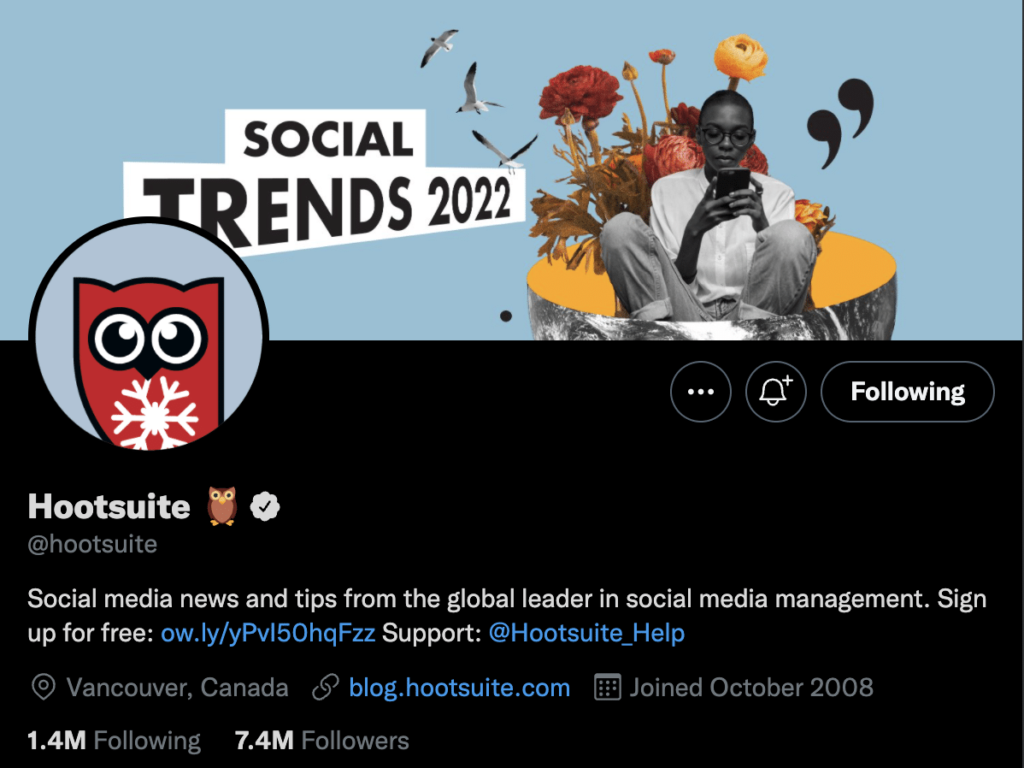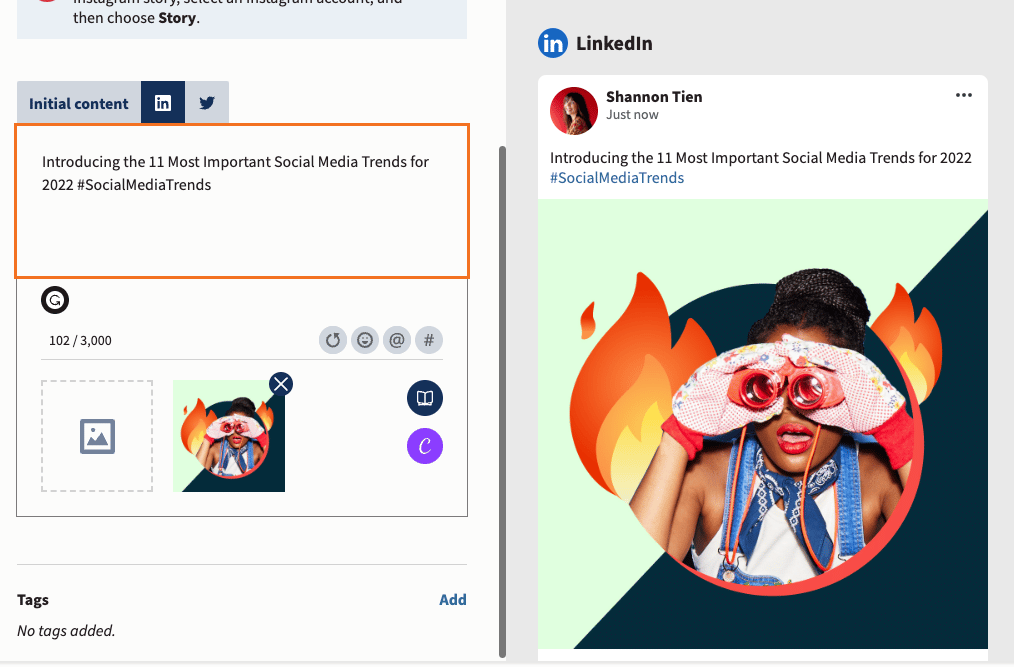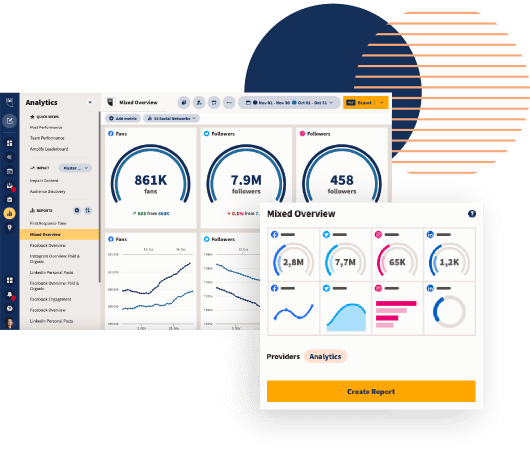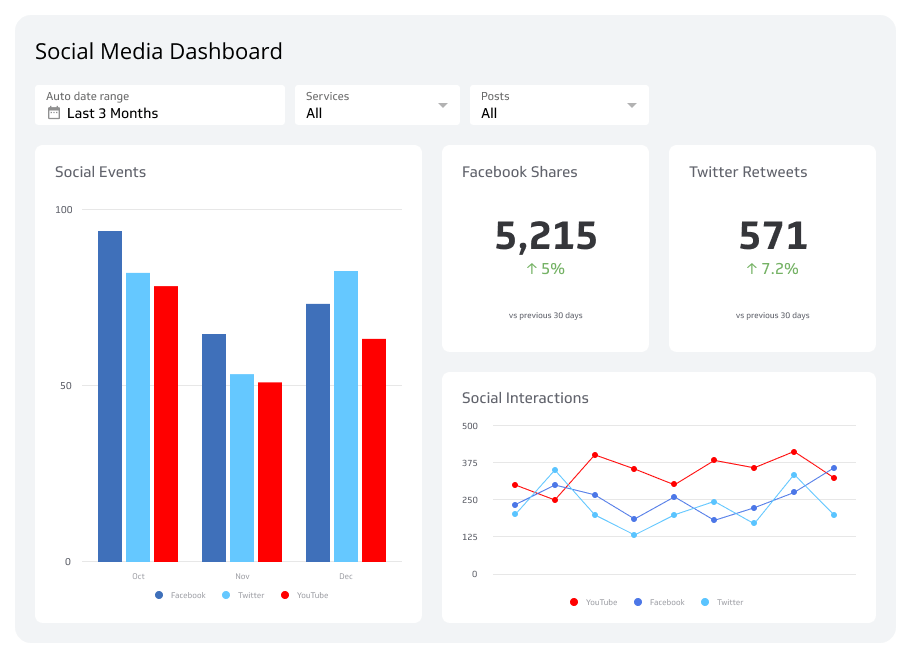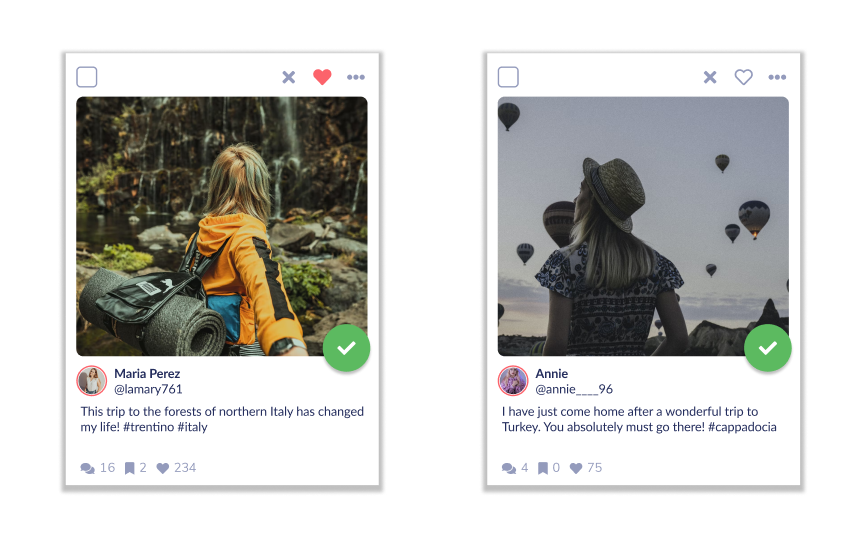In today’s digital age, social media has become an integral part of marketing strategies for businesses of all sizes. With millions of users engaging on various platforms, it’s essential to stand out from the crowd and capture your audience’s attention. One effective way to achieve this is by incorporating visual content and graphics into your social media strategy. Visuals have the power to convey messages quickly, evoke emotions, and leave a lasting impression on your audience. In this article, we will explore the importance of visual content and provide key insights on how to effectively utilize graphics in your social media strategy.
Grabbing Attention
In a fast-paced online environment, capturing attention is crucial. Visuals have a higher chance of grabbing users’ attention compared to text-based content. By incorporating eye-catching graphics, images, and videos, you can instantly draw your audience in and encourage them to engage with your posts.
Conveying Messages
Visual content allows you to convey messages quickly and effectively. Whether it’s an infographic, a chart, or a meme, visuals can simplify complex information and make it more digestible for your audience. Visuals also have the power to evoke emotions and create a connection with your audience, helping them better understand and resonate with your brand’s message.

Enhancing Brand Identity
Consistent use of visuals helps establish and reinforce your brand identity. By incorporating your brand colors, fonts, and logo into your graphics, you create a cohesive and recognizable visual presence. This consistency builds trust and familiarity with your audience, making it easier for them to identify and remember your brand.
Increasing Engagement
Visual content tends to generate higher engagement rates compared to text-only posts. Users are more likely to like, comment, and share visually appealing content, leading to increased reach and visibility for your brand. By creating visually captivating posts, you can encourage your audience to interact with your content and amplify its reach through shares and tags.
Diversifying Content
Visual content allows you to diversify your social media content and keep your audience engaged. Incorporating a mix of photos, videos, GIFs, and infographics adds variety to your feed and caters to different preferences. Experimenting with different visual formats helps keep your content fresh and encourages your audience to stay connected.

Showcasing Products and Services
Visuals are particularly effective in showcasing products and services. High-quality product images, demonstration videos, and customer testimonials can create a desire for your offerings and prompt your audience to take action. Visuals allow you to highlight the unique features and benefits of your products, making them more appealing to potential customers.
Maximizing Mobile Experience
With the increasing use of mobile devices for social media browsing, visuals play a crucial role in optimizing the mobile experience. Graphics that are mobile-friendly and load quickly on various devices ensure a seamless and enjoyable browsing experience for your audience.
In conclusion, incorporating visual content and graphics into your social media strategy is a powerful way to captivate your audience. By utilizing visually appealing and relevant graphics, you can create a compelling social media presence that leaves a lasting impression on your audience and drives meaningful results for your business.

Key Points Summary
- Visual content and graphics are essential in capturing and retaining the attention of your audience on social media platforms.
- Visuals have the power to convey messages quickly and effectively, simplifying complex information and evoking emotions.
- Consistent use of visuals helps establish and reinforce your brand identity, building trust and familiarity with your audience.
- Visual content generates higher engagement rates, increasing likes, comments, and shares.
- Diversifying your content with various visual formats keeps your audience engaged and interested.
- Visuals are effective in showcasing products and services, creating desire and prompting action from potential customers.
- Optimizing visual content for mobile devices enhances the user experience and ensures seamless browsing.
- Incorporating visual content and graphics into your social media strategy can lead to a compelling online presence and meaningful results for your business.
Contact our Vietnam team to learn more about how we can help you optimize your website for SEO and achieve your online marketing goals

